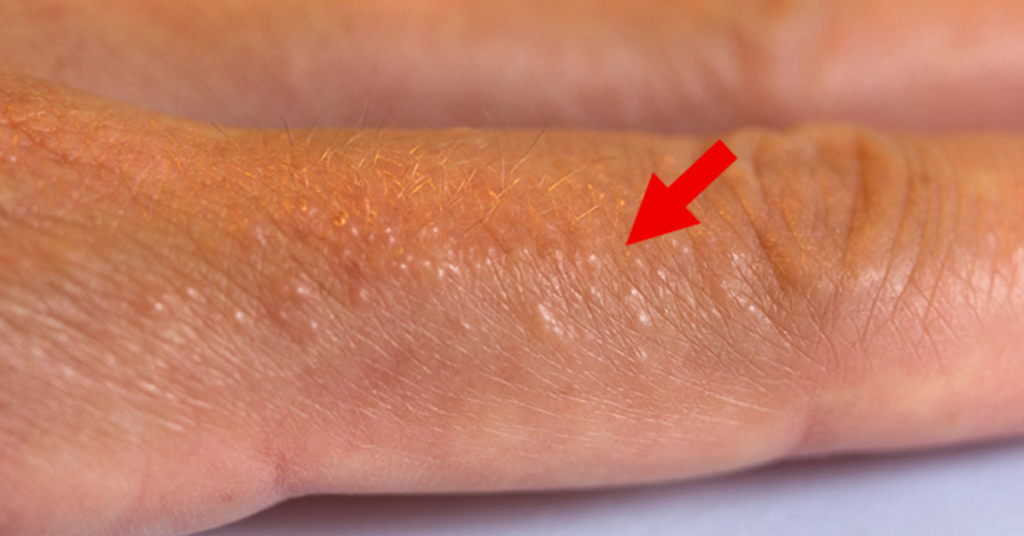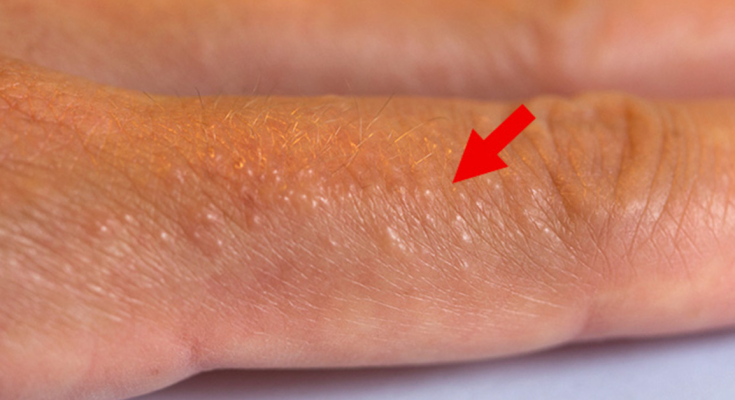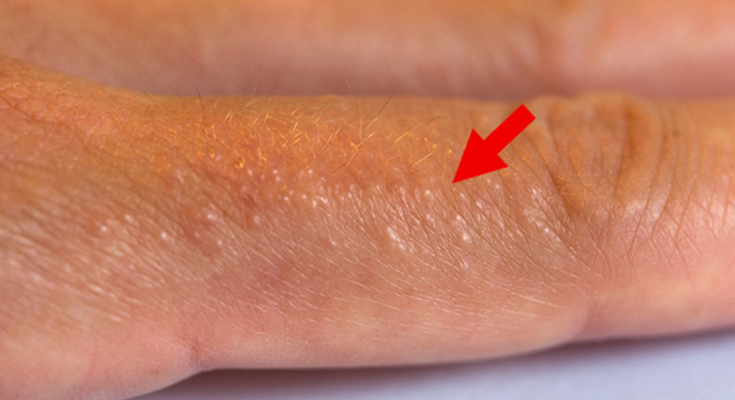If You Notice Painful Red Bumps, Dyshidrotic Eczema Could Be the Culprit

During an eczema flare-up, the skin turns red, itchy, and swollen, with fluid-filled bumps that may ooze and form crusts. Eczema is frequently triggered by an allergic reaction. It’s important to note that it’s not contagious. While it can be hereditary, it’s currently incurable. However, flare-ups can be effectively managed through treatment. There are several types of eczema, each affecting the body in different ways, and one of the most common is dyshidrotic eczema.
What is Dyshidrotic Eczema?
Dyshidrotic eczema is a prevalent form of eczema that results in the formation of small, extremely itchy blisters on the edges of fingers, toes, palms, and soles of the feet. It’s associated with seasonal allergies, which means the blisters are more likely to appear in spring. These blisters can be quite painful and sometimes take weeks to vanish.
If you’re unfamiliar with this type of eczema, don’t worry. It goes by several other names, such as Pedopompholyx (affecting the feet), Cheiropompholyx (affecting the hands), Vesicular palmoplantar eczema, Dyshidrosis, Foot-and-hand eczema, Dyshidrotic dermatitis, Vesicular eczema, and Pompholyx.


